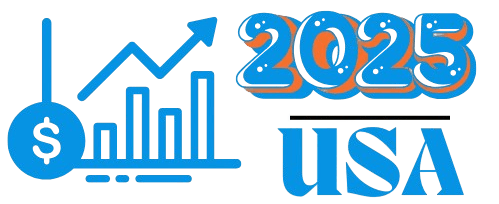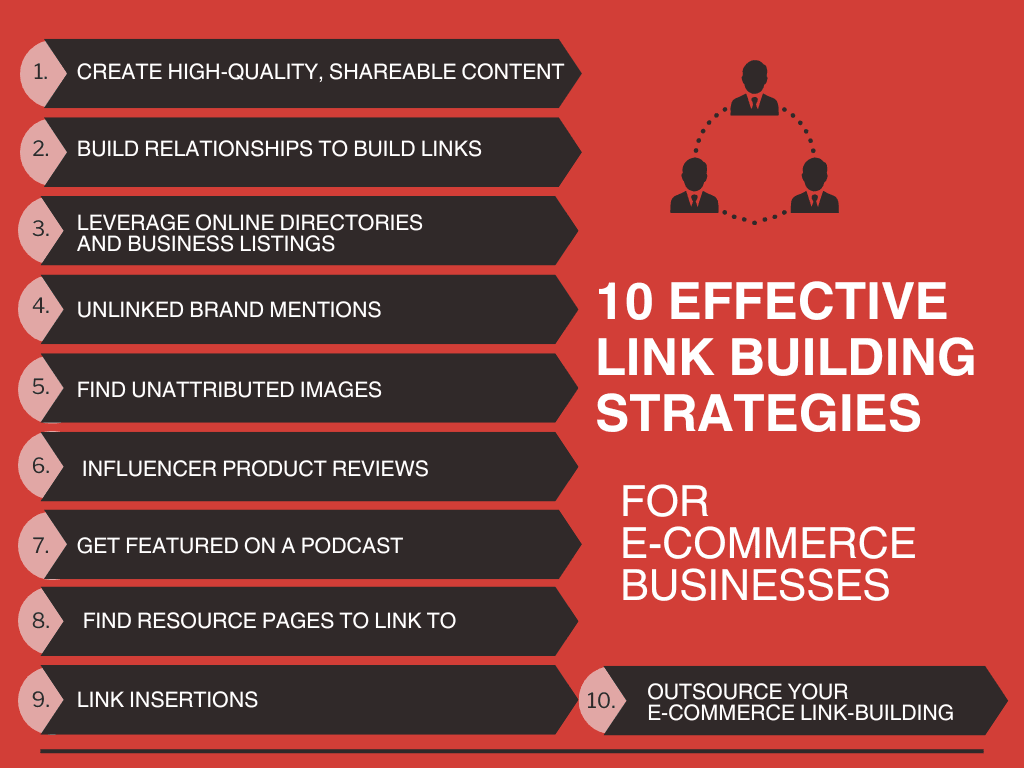In the digital age, content creators have the power to connect with their audience in ways that were never possible before. Platforms like YouTube, Instagram, and TikTok provide these creators with an outlet to share their work, but often, monetizing this content can be a challenge. That’s where what is Patreon comes in. In this guide, we will explore what is Patreon, how it works, and why it has become a vital tool for creators looking to turn their passion into a sustainable income.
What is Patreon and How Does It Work?
So, what is Patreon? Simply put, what is Patreon is a membership platform that allows creators to earn a steady income by offering exclusive content and rewards to their supporters or “patrons.” Whether you’re an artist, musician, writer, or any other type of content creator, what is Patreon gives you the opportunity to build a community of loyal fans who are willing to support your work financially.
The way what is Patreon works is relatively simple. Creators set up a Patreon page where they can offer various membership tiers to their patrons. Each tier comes with specific perks such as behind-the-scenes content, early access to new material, exclusive products, and more. Patrons subscribe to these tiers for a monthly fee, which helps creators generate a stable stream of income.
Unlike platforms like YouTube or Instagram, where creators typically rely on ad revenue, what is Patreon gives you direct control over your earnings. Instead of depending on algorithms or ad sponsors, creators are able to build a loyal following that directly supports their work. This makes what is Patreon an ideal platform for creators who want to cut out the middleman and monetize their content in a more sustainable and consistent way.
Benefits of Using Patreon for Creators

One of the biggest advantages of using what is Patreon is the direct income that creators can earn from their fans. Unlike traditional methods of earning money, where creators might have to rely on ad revenue or sponsorships, what is Patreon gives creators a way to earn money directly from their supporters. This income is often more stable and reliable, as it’s based on recurring monthly payments from patrons.
Another major benefit is the ability to build a community. With what is Patreon, creators can engage more personally with their patrons. Fans can comment on posts, interact with creators during live streams, and feel like they are an integral part of the creator’s journey. This kind of close-knit community can help foster loyalty and make your audience feel more connected to your work.
Additionally, what is Patreon offers creators a variety of tools and analytics to help grow their brand. Creators can track how many patrons they have, monitor their earnings, and adjust their content strategies based on what their patrons engage with the most. These insights can be incredibly valuable for scaling a creator’s business and improving content.
How to Set Up a Patreon Account and Start Earning
Setting up a Patreon account is relatively easy, and it’s the first step toward creating a sustainable income as a content creator. First, you’ll need to create a Patreon account, which requires basic information such as your name, email address, and social media links.
Once your account is created, you can start setting up your creator page. This is where you’ll customize your profile to reflect your brand and showcase what you offer. You’ll need to write a compelling bio, upload your profile picture and banner, and provide a description of what patrons can expect from your page.
The next step is to create membership tiers. This is where you decide how much you want to charge and what benefits your patrons will receive at each level. For example, you might offer a $5 tier that gives access to exclusive posts, a $10 tier that includes behind-the-scenes content, and a $20 tier that gives patrons access to private live streams.
Once your page is live and your tiers are set up, it’s time to promote your Patreon and start attracting patrons. You can do this by sharing your page on social media, incorporating it into your existing content, and offering limited-time deals to entice new patrons. As you gain more patrons, be sure to engage with them regularly and provide them with the rewards they’ve subscribed for.
Challenges and Considerations for Creators on Patreon

While what is Patreon offers a lot of opportunities, it’s not without its challenges. One common issue that creators face is membership fluctuations. Since what is Patreon is based on recurring payments, it’s natural for patrons to cancel or downgrade their subscriptions over time. This can lead to an unpredictable income, especially in the early stages when your Patreon page is still growing.
Another challenge is maintaining a consistent flow of content. Since patrons are paying for exclusive content, creators must ensure that they’re consistently delivering new and engaging material. This can be difficult, especially for creators who are juggling multiple projects or facing creative burnout.
Creators also need to consider how they will manage their income from what is Patreon. Depending on your earnings, you may need to pay taxes on the money you make. Additionally, what is Patreon charges a fee on each transaction, so you’ll need to factor this into your pricing strategy.
Lastly, it’s important to strike the right balance between offering exclusivity to your patrons while still keeping your content accessible to a wider audience. You don’t want to alienate potential new fans by locking too much content behind a paywall. Finding this balance is key to growing your community while still rewarding your loyal patrons.
Conclusion
So, what is Patreon? Simply put, what is Patreon a powerful platform for creators looking to earn a living doing what they love. By offering exclusive content and building a community of supportive patrons, creators can generate a sustainable income while staying in full control of their work. The benefits of using what is Patreon, such as direct income, a dedicated fan base, and access to valuable tools, make it a great option for creators across various industries.
However, like any platform, what is Patreon comes with its challenges. From membership fluctuations to the pressure of constant content creation, it’s important to approach what is Patreon with a clear strategy and a willingness to adapt as your community grows.
If you’re a content creator looking to monetize your work and build a loyal fan base, what is Patreon could be the perfect platform to help you achieve your goals. With the right approach, you can turn your passion into a sustainable and profitable business.
Frequently Asked Questions (FAQs)
How do I get paid on Patreon?
Patreon processes payments monthly, and creators receive earnings through direct deposit or PayPal, minus any fees.
Can I use Patreon without a large following?
Yes, even small creators can use what is Patreon. Focus on building a community and offering value to your patrons.
What type of content works best on Patreon?
What is Patreon works well for various types of content, including artwork, music, writing, videos, and educational content.
How does Patreon compare to other platforms for creators?
What is Patreon provides more control over monetization and a direct income from fans, unlike platforms like YouTube, which rely on ad revenue.
Is Patreon worth it for small creators or beginners?
Yes, it can be worth it if you’re committed to creating valuable content and engaging with your patrons.
How can I increase my patrons on Patreon?
Promote your Patreon page through social media, collaborations, and offering exclusive content to attract new supporters.
What are Patreon’s fees for creators?
What is Patreon takes a percentage of each payment (5-12%), depending on the plan you choose, plus transaction fees.
Can I cancel my Patreon subscription at any time?
Yes, patrons can cancel their subscriptions at any time without penalty.
Are there any age restrictions to use Patreon?
Yes, you must be 18 years or older to create a what is Patreon account.
Can I offer physical products or just digital content on Patreon?
You can offer both physical and digital products on what is Patreon, depending on your business model.










